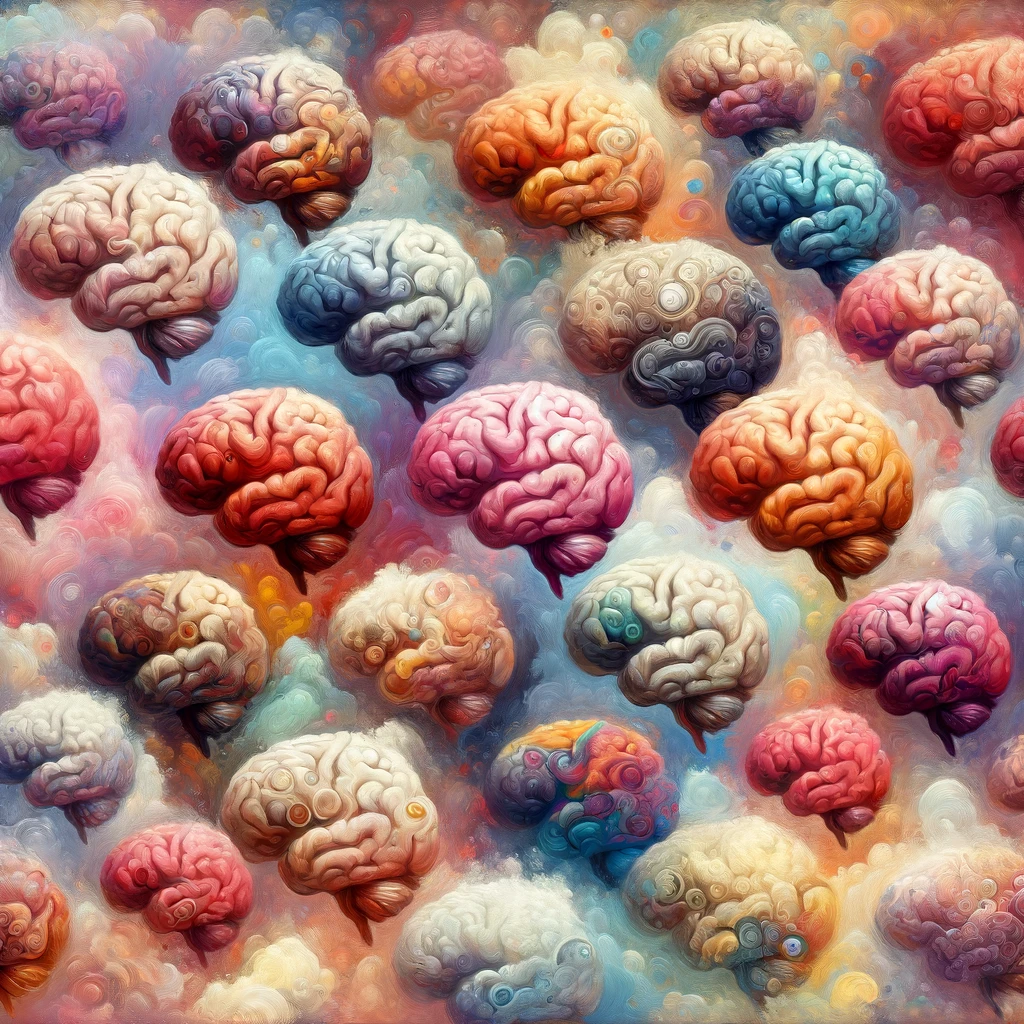Summarization is the Best Way to Study - Here's How
by Bernardas Ališauskaspublished on
Summarization is basically the use of bullet points to solidify new knowledge and it's really effective. It works with any learning material be it live lectures, videos or books. Here's how it works and some tips.

Summarization works by covering a few key learning goals:
- 🆙 memory retention through immediate repetition.
- 🆙 comprehension as material has to be reprocessed.
- 🔎 Help to identify key points.
- 🤸♀️ Active engagement assists with focus and retention.
- 🔗 Connects with learning material as it turns monologue to dialog.
- 📖 Great for reviews and trains writing skills.
So it's pretty awesome. Here are some tips that make summarization effective:
- 🔎 Identify main keywords and ideas.
- 🧠 Use your own words.
- 🤗 Group bullet points by lecture, topic etc.
- 🔗 Maintain connection between groups.
- 🧂Spice up with abbreviations and symbols, emojis, highlights etc.
- 🎨 Use visual aid like graphs, screenshots, drawings.
- 📏 Keep it short and concise.
Using your own style and words is by far the most effective technique neurologically speaking as it creates so many new connections to this new information. So, experiment yourself with these tips in mind!
Example Summarization
To wrap up let's take a look at live example of summarizing this boring text about frogs:
Frogs are a diverse and widely distributed group of amphibians known for their jumping abilities, croaking sounds, bulging eyes, and slimy skin. They typically lay their eggs in water. The eggs hatch into aquatic larvae, called tadpoles, that have tails and internal gills. They undergo metamorphosis, during which they develop legs and lungs for their adult life on land. Adult frogs typically have a carnivorous diet consisting of small invertebrates like insects, worms, and spiders.
Frogs live in a wide range of environments from tropical rainforests to deserts and arctic regions. The amphibian’s skin is highly water-permeable; this makes them sensitive to changes in their environment, particularly pollution. Frogs breathe through their skin as well as their lungs in adult form. The worldwide decline in frog populations has been attributed to a variety of factors, including habitat destruction, pollution, climate change, and the spread of a particular infectious disease caused by the chytrid fungus.
- 🐸 Diverse, widely distributed amphibians; known for jumping, croaking, bulging eyes, and slimy skin.
- 🥚 Lay eggs in water -> tadpoles with gills -> metamorphosis land life w legs and lungs.
- 🦟🍴 Carnivorous Diet: Adults eat insects, worms.
- 🌳🏜️ Is everywhere - from tropical rainforests to deserts and arctic regions.
- 🌬️💧 Skin Breathing: Permeable skin for breathing; sensitive to environmental changes and pollution.
- 📉 Population Decline: Sensitive to changes and chytrid fungus disease.
Anything Else?
Summarization works particularly with spaced repetition so you can either further turn bullet points to flashcards or just skim through your notes once every now and then.
This technique is the corner stone of all learning and it can be difficult to adapt to some concept like learning programming it still worth giving a shot as the value you get from a few minutes of typing is just not found in any other technique!

Comments